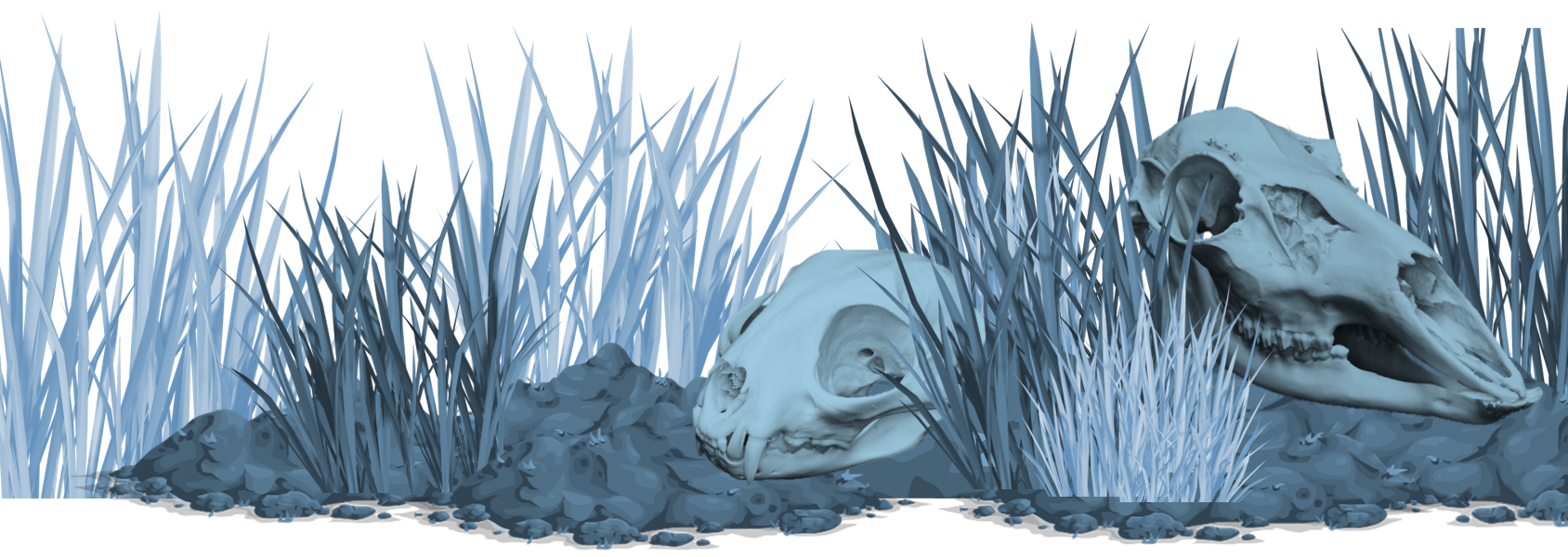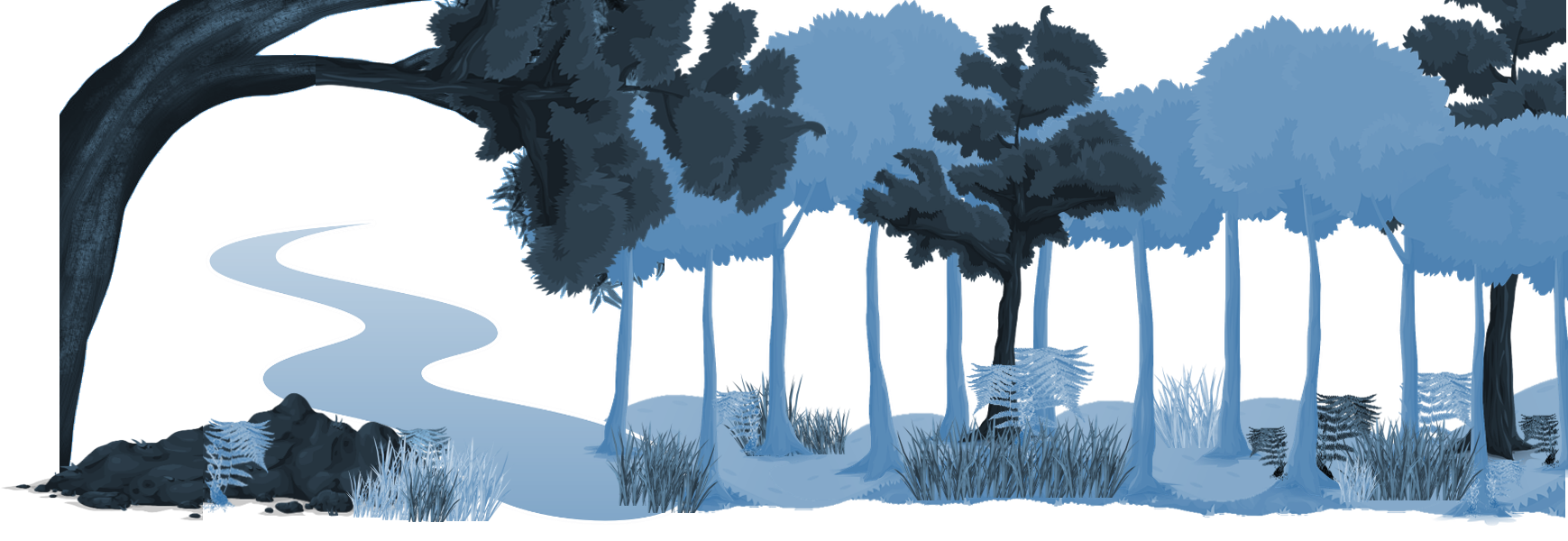READ THE MAGAZINE
Register to Read
Magazine access will be granted immediately upon registration.
Help keep this program free by registering each time the magazine is shown to students/youth.
READ THE MAGAZINE
Magazine access will be granted immediately upon registration.
Help keep this program free by registering each time the magazine is shown to students/youth.
Take your Critter Connections beyond science and reading with additional enrichment resources!

View Lesson

View Lesson
RELATED VIDEO LESSONS
Bring wildlife into your classroom with on-demand programs designed for K-8 students! Videos are 15-45 minutes long and are available 24/7. All programs include interactive questions and follow-along worksheets that are aligned with the Texas Essential Knowledge and Skills (TEKS) standards.
Close & Re-Register